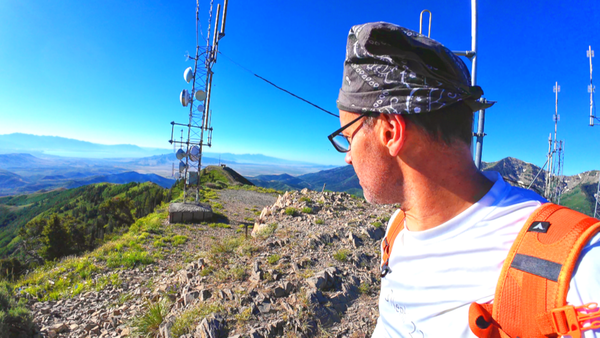
Uncut Trail Adventures: REAL Trail Running and Hiking in the Mountains of Utah
Self-filmed mountain hiking and running in Utah Mountains
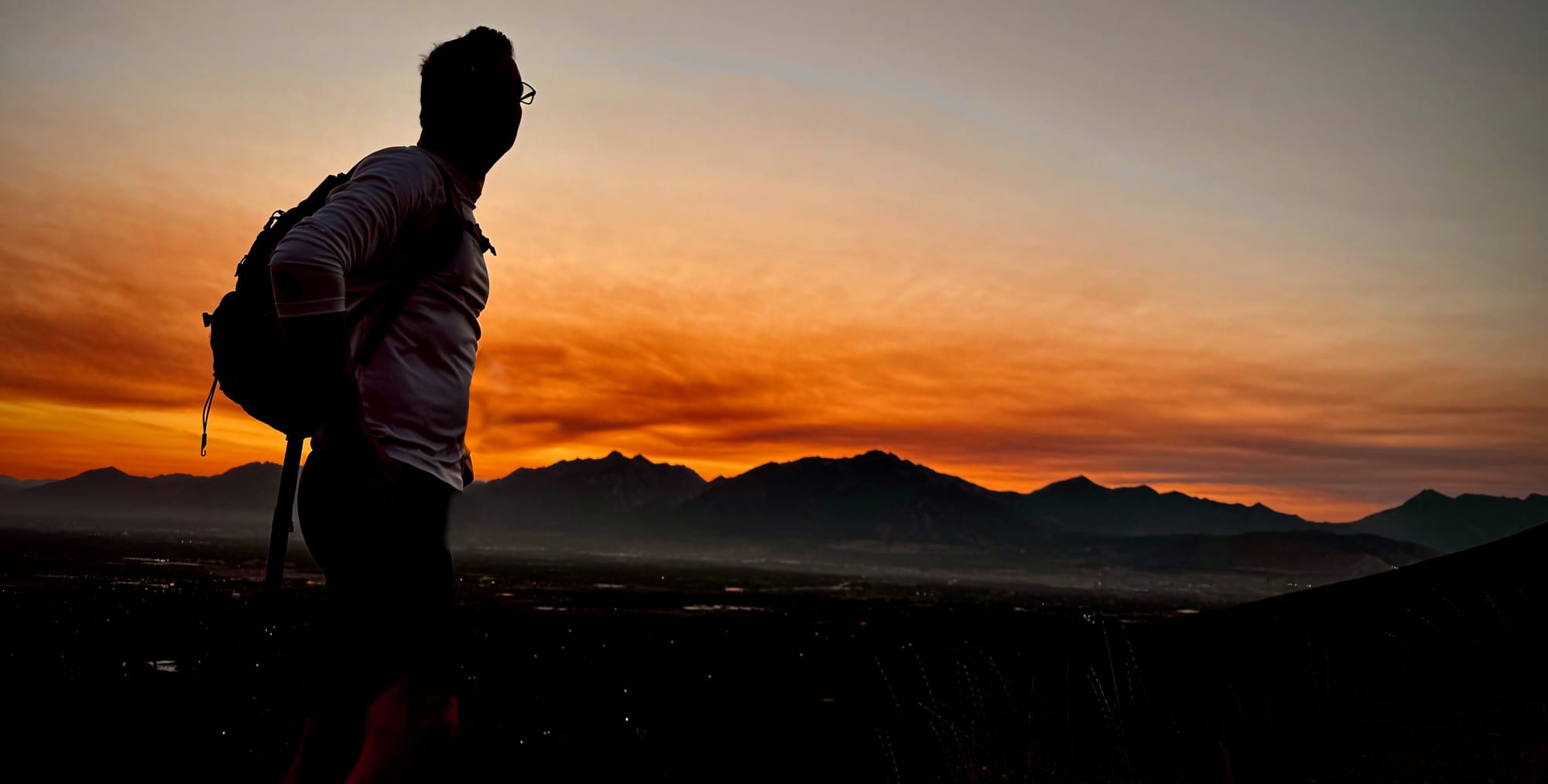

Self-filmed mountain hiking and running in Utah Mountains
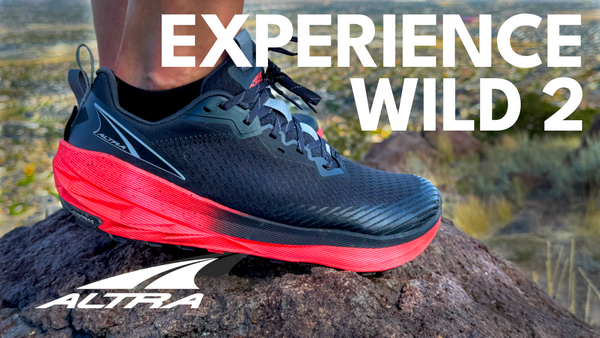
Altra trail shoe reviews for steep mountain trails

The Mount to Coast H1 is a high-performance trail running shoe that combines sustainability with serious trail capability. Built with the CircleCELL™ midsole made from recycled organic waste, a VersaGrip™ outsole for all-terrain traction, and a TUNEDFIT™ dual lacing system for adaptive comfort, the H1 delivers responsive cushioning, long-lasting durability,
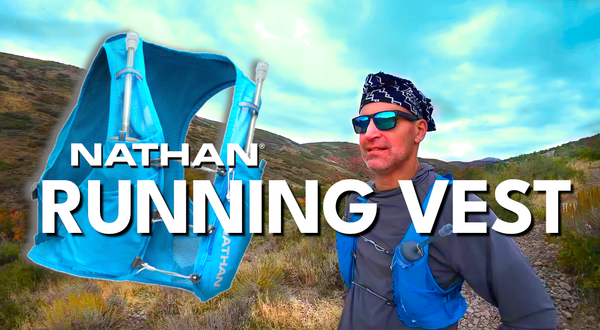
Hey running runner friend, are you looking for a lightweight, durable, and functional hydration vest for long runs, trail adventures, or ultramarathons? The Nathan Sports Pinnacle Breeze 4L Vest is designed to keep runners hydrated, fueled, and comfortable without weighing them down. In this detailed review, we’ll cover fit,
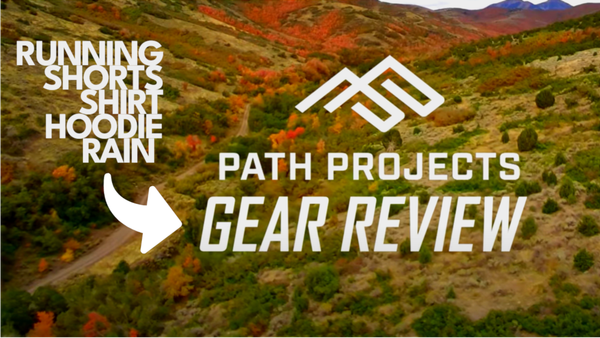
When it comes to running gear, the options can feel endless. Big names like Nike, Under Armour, and Brooks dominate store shelves, while smaller brands like Path Projects have built loyal followings online. I recently tested several pieces from Path Projects and was impressed with their quality and attention to
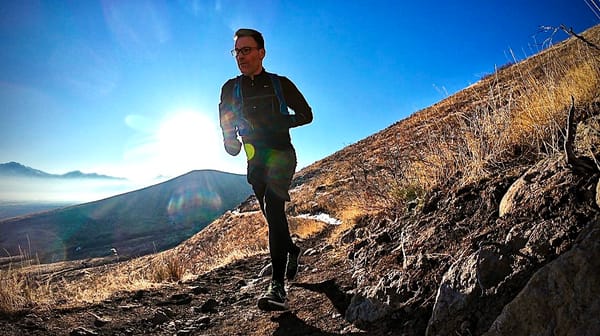
Running is one of the simplest and most accessible sports in the world. You don’t need an expensive gym membership, a team to practice with, or a lot of fancy equipment. All it really takes is lacing up your shoes, stepping outside, and putting one foot in front of
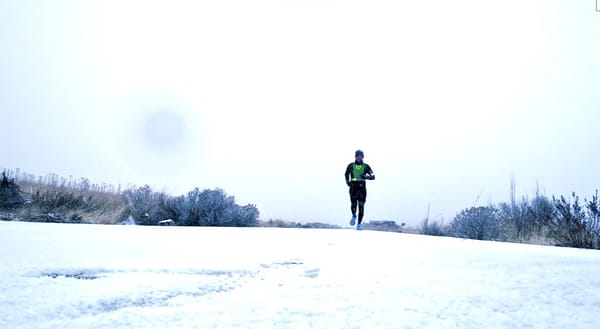
Running in the cold winter can feel intimidating. Cold temperatures, shorter days, icy sidewalks—it’s no wonder many runners hang up their shoes when the seasons change. But here’s the truth: winter running can be one of the most rewarding times of the year. With the right preparation,
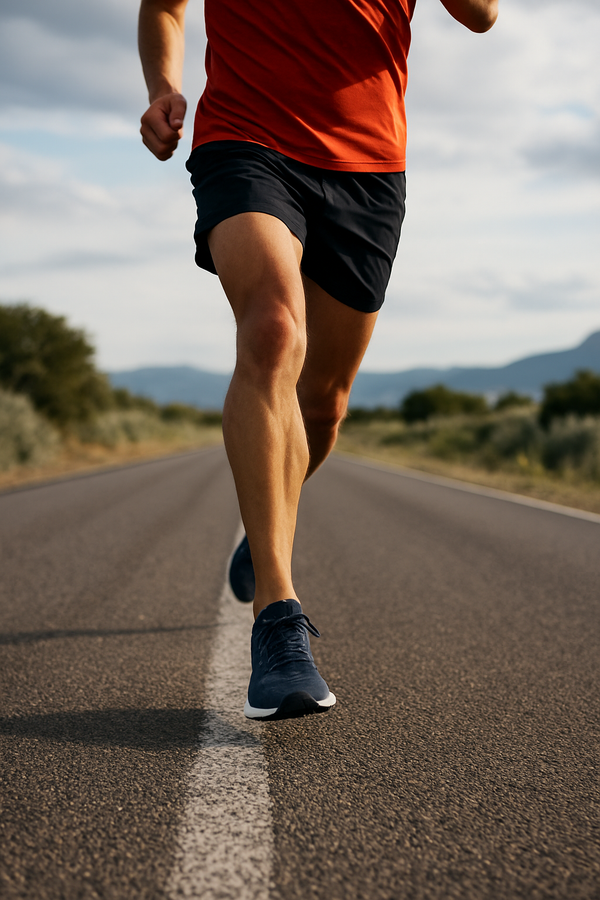
Every runner wants to know how to get faster, because pace equals improvement...maybe. Whether you’re chasing a 5K PR, trying to level up your marathon pace, or simply want your easy runs to feel smoother, speed is usually the goal. But here’s the truth: running faster doesn’
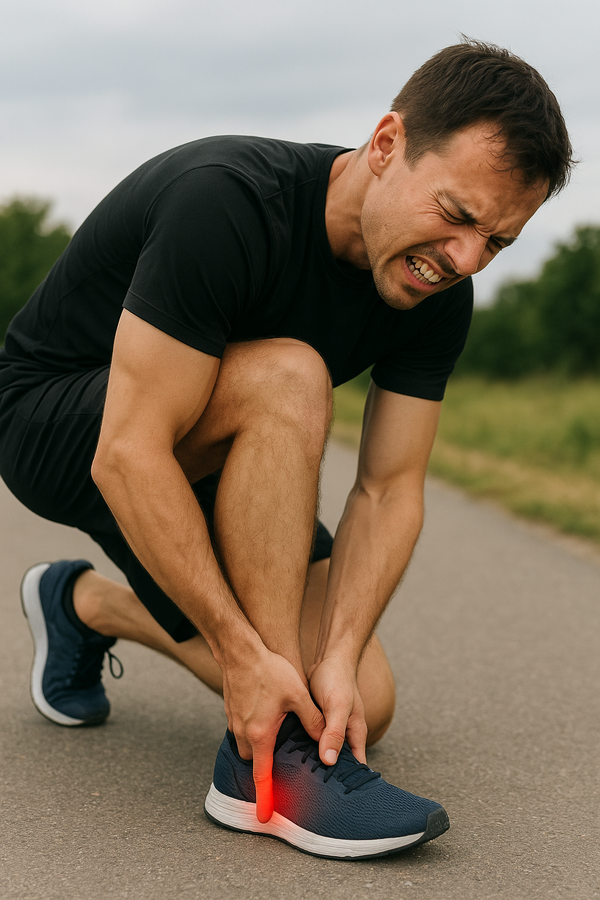
If you’ve ever woken up with a sharp pain in your heel when taking those first steps in the morning, you might be experiencing plantar fasciitis. This condition is one of the most common causes of heel pain, especially among runners, walkers, and people who spend long hours on
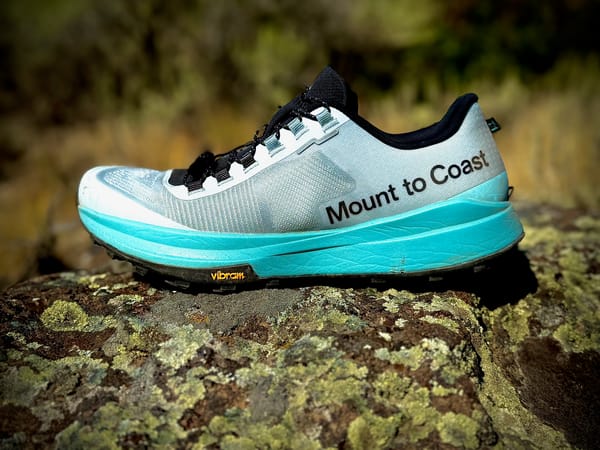
When it comes to finding the best long-distance trail running shoes, most runners default to familiar names—HOKA, Altra, Saucony, Brooks. But every so often, a new brand enters the race with bold claims. That’s exactly what Mount to Coast is doing with their first model, the T1 running
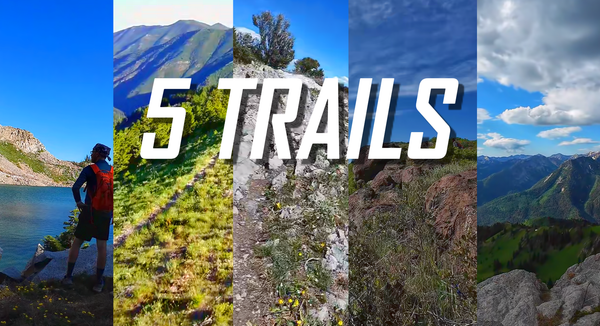
Salt Lake County, Utah, is home to some of the best trails in the entire Mountain West. With the Wasatch Mountains rising on the east and the Oquirrh Mountains to the west, runners and hikers have access to everything from steep alpine climbs to rolling desert-style foothills—all within a
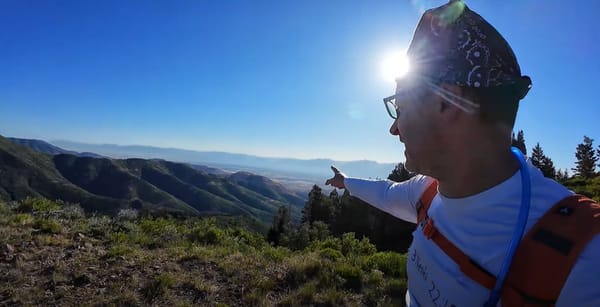
If you’re a runner, trail runner or hiker, chances are you’ve already heard of Strava—the go-to app for tracking runs, connecting with other athletes, and sharing your adventures. But beyond logging miles, Strava has a ton of features that can make your trail running experience more fun,